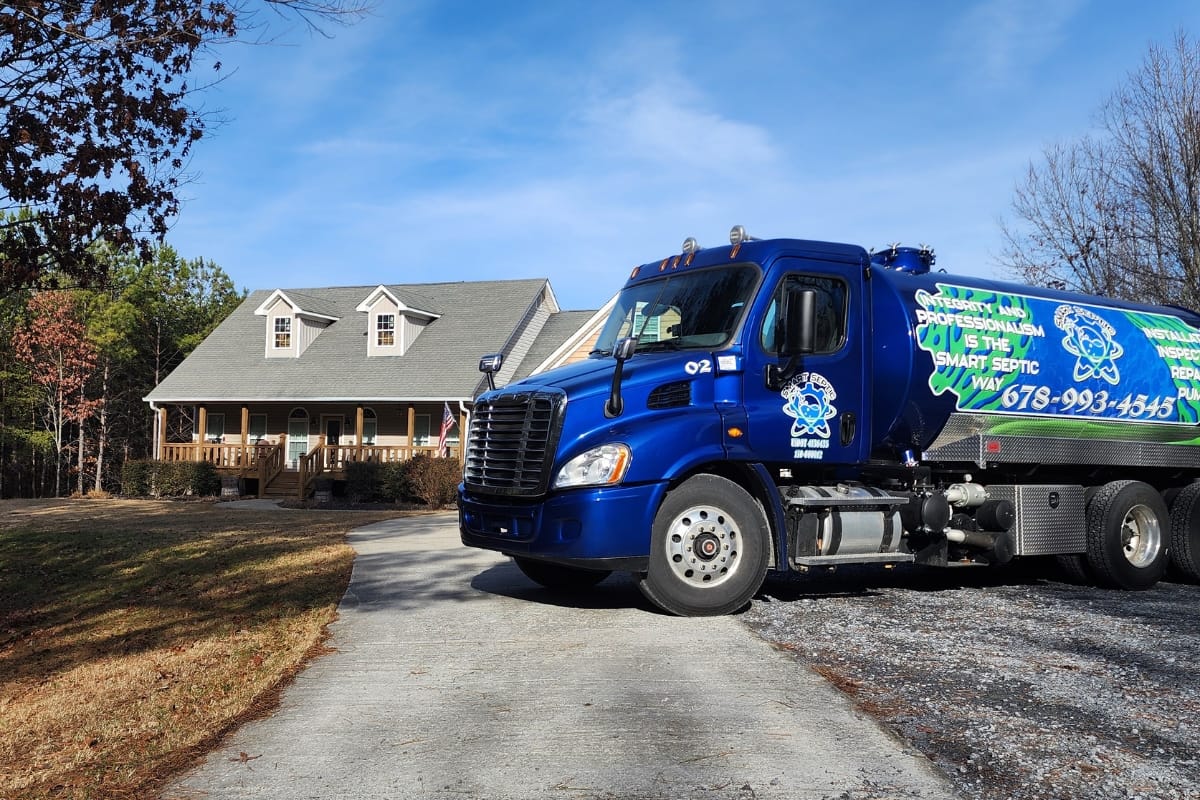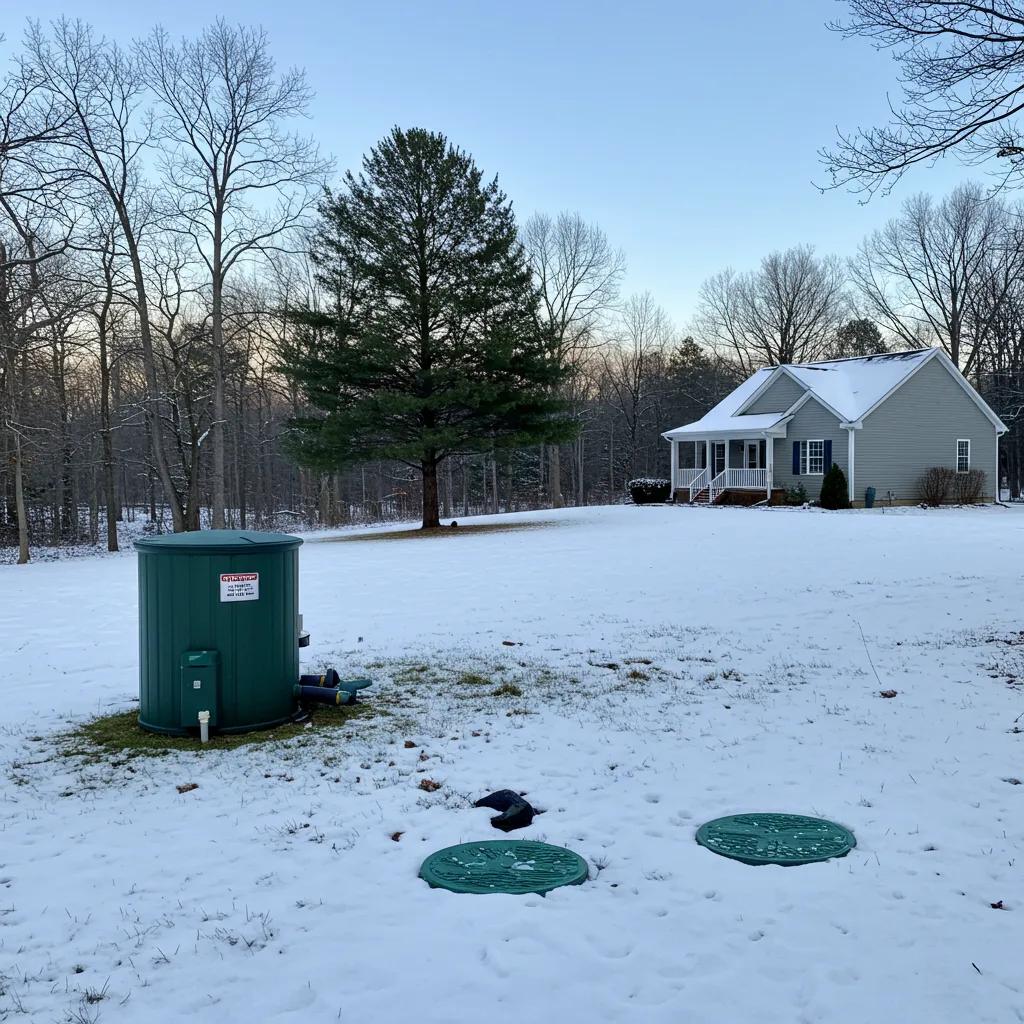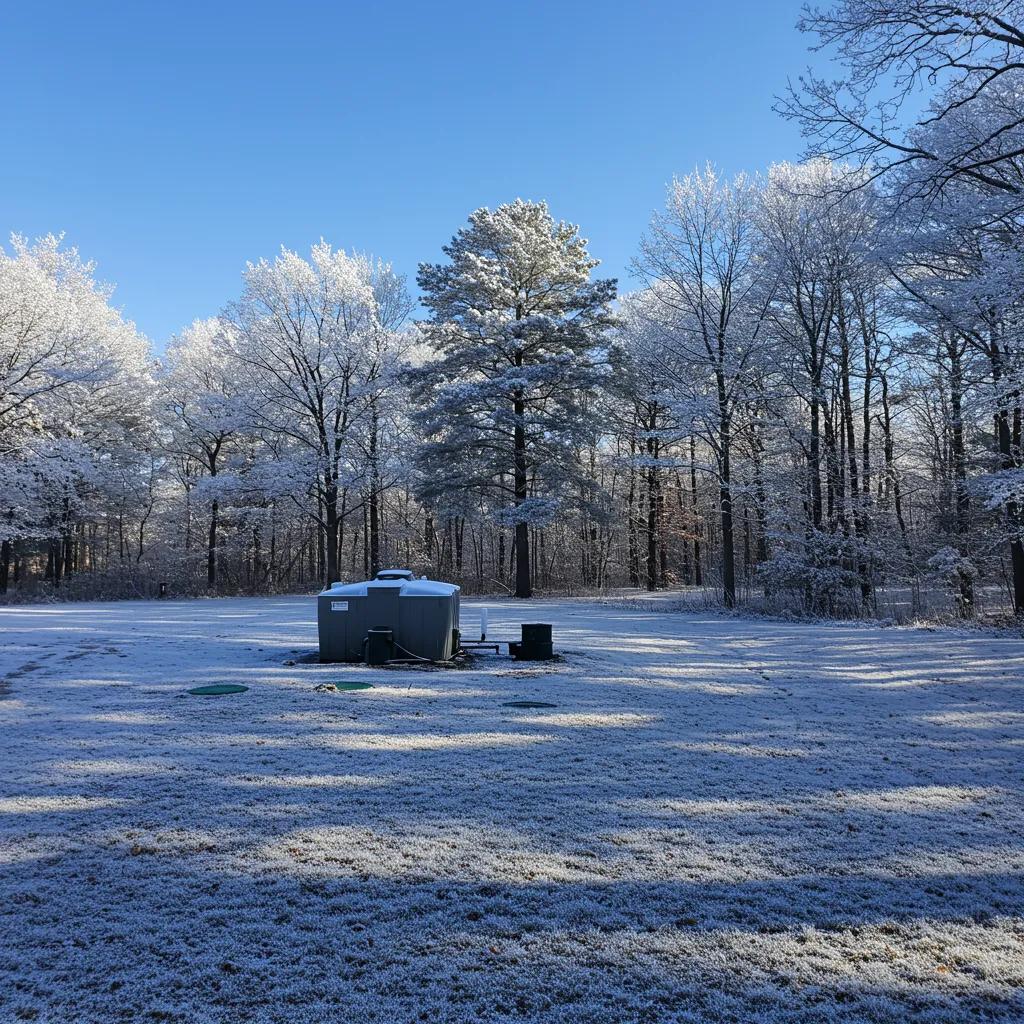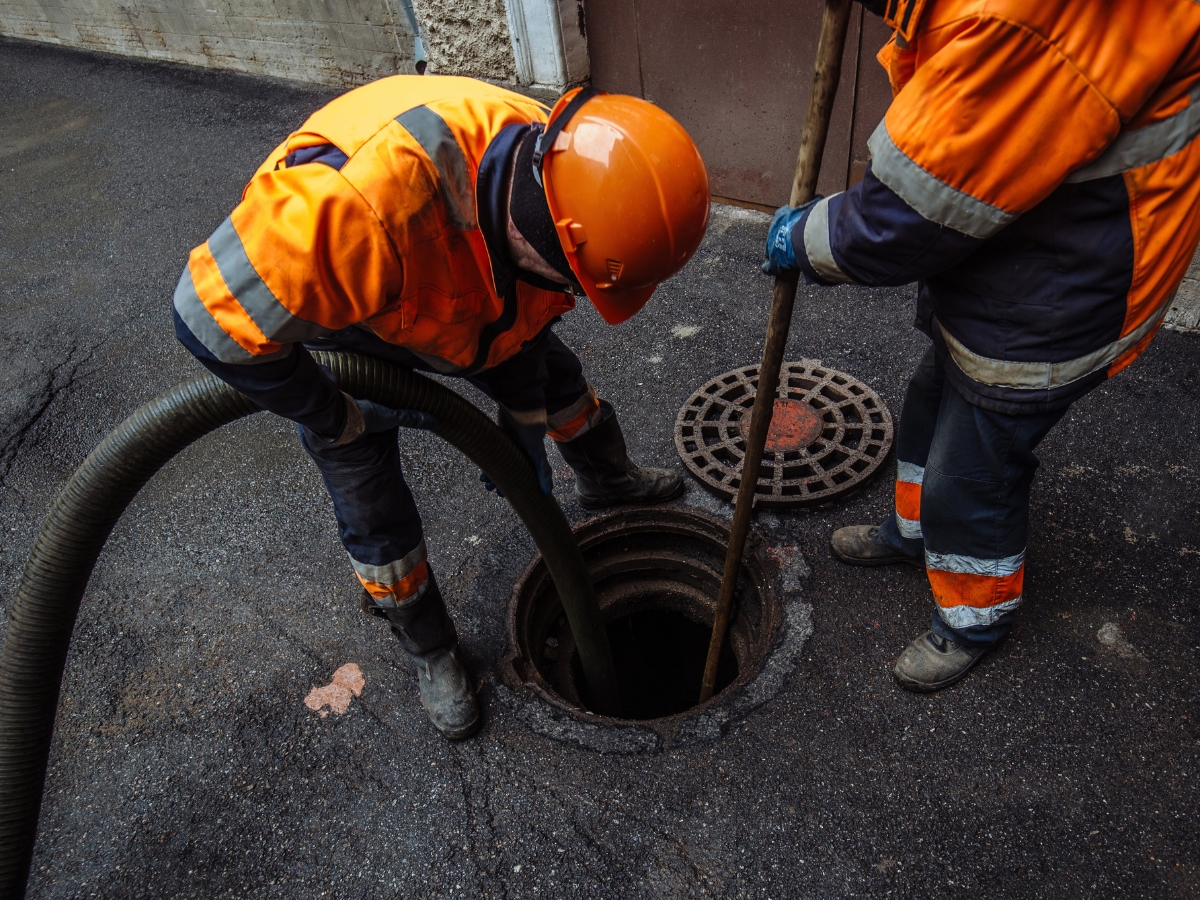Septic system failure can be a costly and disruptive issue for homeowners in Kennesaw, GA, especially if warning signs go unnoticed. From clogged drain fields to neglected pumping schedules, many of the common causes of failure are preventable with proper care and maintenance. Understanding what leads to septic issues is the first step toward protecting your property and avoiding expensive repairs. In this guide, we’ll break down the most frequent causes of septic system failure in Kennesaw and provide practical tips to help you keep your system running smoothly for years to come.
How to Spot and Prevent Septic System Failure in Kennesaw, GA
Understanding the Importance of Septic System Maintenance
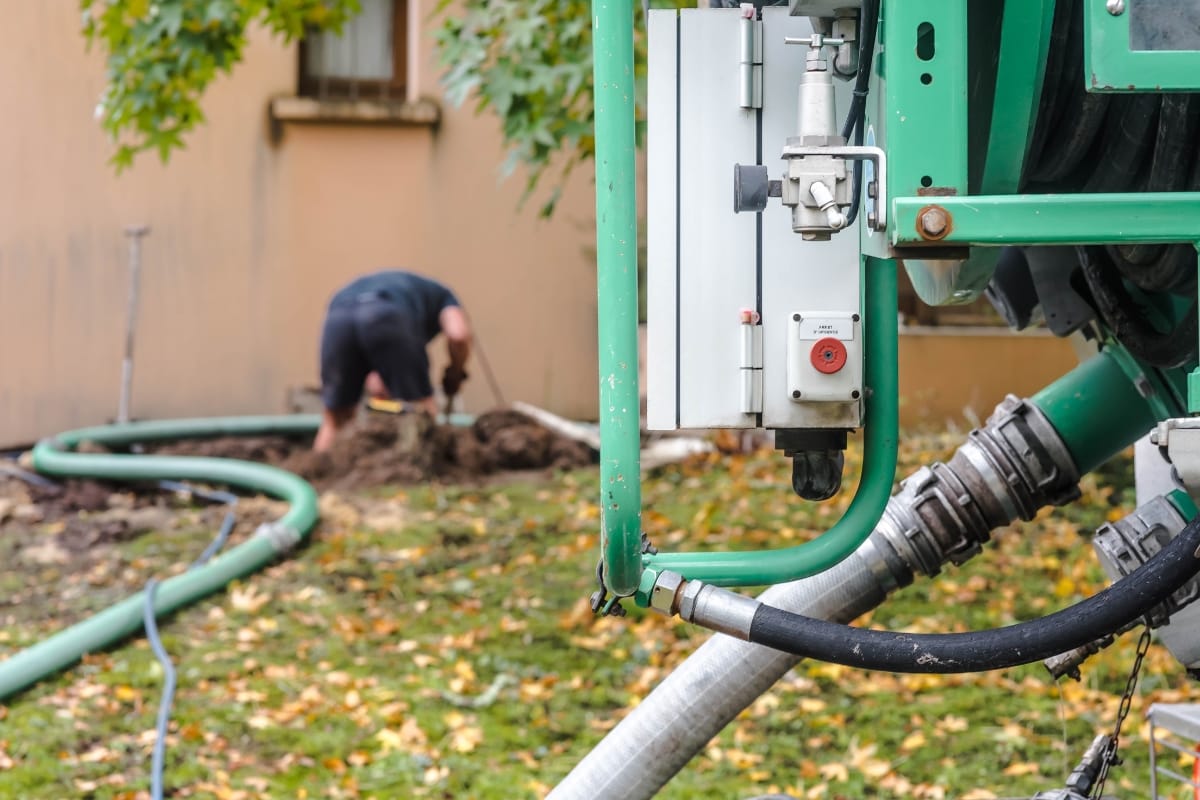
Taking care of your septic system isn’t just a good idea—it’s essential to avoiding messy and expensive problems down the line. When maintained properly, a septic system quietly does its job, breaking down waste and safely dispersing water into the ground. But when you skip maintenance, things can go wrong fast.
Over time, solids collect in the septic tank. If they’re not pumped out, they can clog the pipes leading to your drain field. This backup can lead to slow drains, foul smells, gurgling toilets, or worse—sewage pooling in your yard. These issues are not only unpleasant, they’re also costly and often disruptive to fix.
Regular maintenance is your best defense. That includes checking the tank for signs of overflow, inspecting baffles and filters, watching for leaks, and having the tank pumped every three to five years, depending on usage. It’s also important to be careful about what goes down your drains. Grease, chemicals, and non-biodegradable items can harm the system and lead to faster buildup.
Another benefit of staying on top of maintenance is protecting your local environment. A failing system can contaminate nearby groundwater, which is especially concerning if you or your neighbors rely on wells. Proper care keeps harmful bacteria and pollutants from leaking into the water supply.
If you’re not sure when your system was last serviced, it’s a good idea to call a professional for an inspection. They can measure the sludge and scum levels, check that everything is flowing properly, and give you a clear idea of when you’ll need your next pump-out.
Preventative maintenance is much cheaper than emergency repairs. A little attention every year or two can save you from big headaches and big bills later on. Plus, your system will last longer—well-maintained systems can function effectively for decades.
In the end, taking care of your septic system is about peace of mind. You avoid major disruptions, keep your home clean and safe, and protect the environment around you. It’s a small investment with long-term rewards.
Impact of Soil Composition on Septic Systems in Kennesaw
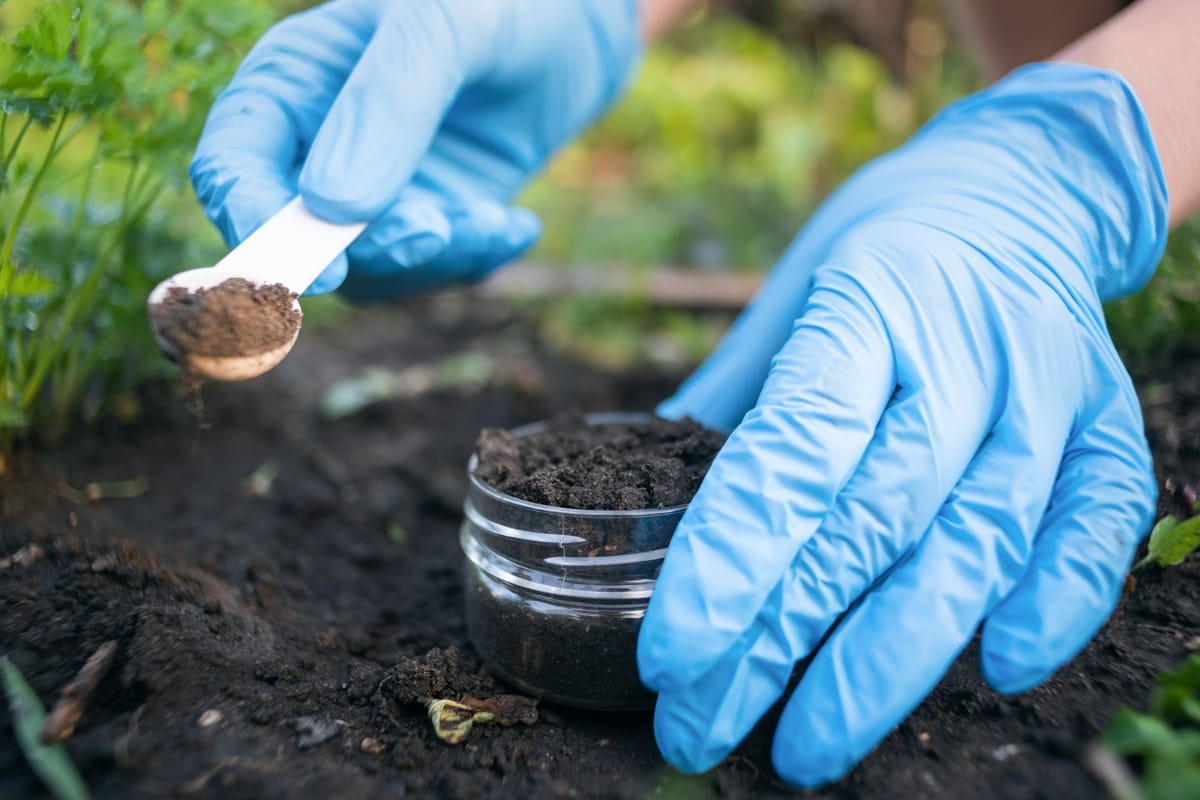
The type of soil on your property has a big impact on how well your septic system works. In Kennesaw and much of Cobb County, heavy clay soils are pretty common. Clay holds water and drains slowly, which can be a major issue for septic systems that rely on the ground to absorb and filter wastewater. When water can’t soak into the soil efficiently, the drain field can become oversaturated. This causes backups in the tank, sluggish drains inside the house, or even wastewater rising to the surface of your yard.
On the flip side, soils that drain too quickly—like sand or loose loam—can create a different kind of problem. These soils might allow water to pass through too fast, without giving the ground enough time to naturally filter out harmful bacteria or contaminants. In either case, poor soil conditions can shorten the lifespan of your system and put nearby water sources at risk.
That’s why soil testing is a must before installing or modifying a septic system. A percolation test, often called a “perc test,” helps determine how quickly water drains through your soil. It also tells engineers whether your property can handle a standard septic system or if an alternative setup is needed. If your soil has drainage issues, local health departments or septic professionals might recommend solutions like a mound system, which raises the drain field above ground level, or a sand filter system that improves treatment before the water hits the soil.
In some cases, you may also need to increase the size of the drain field or add a secondary treatment unit to meet health and safety standards. These design changes can be more expensive up front, but they help your system run reliably and avoid future problems.
Understanding how your soil works with your septic system helps you avoid common issues and costly repairs. If you’re building a new home or upgrading an old system in Kennesaw, get a soil evaluation early and work with experienced professionals who can recommend the right system for your property. It’s a smart step that protects your home, your yard, and your wallet.
Common Signs of Septic System Failure to Look Out For
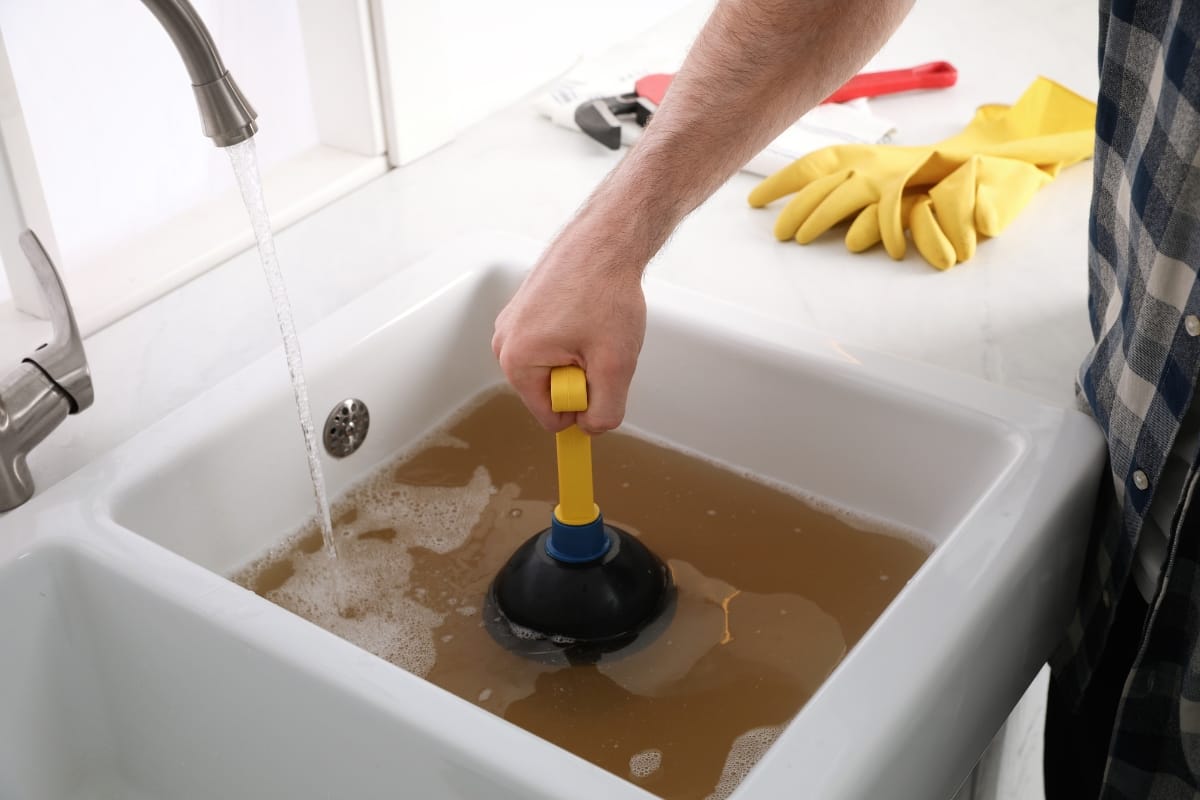
Catching septic issues early can save you from a big, expensive headache down the line. While septic systems are designed to run quietly in the background, there are some clear warning signs that something might be wrong. If you know what to look for, you can take action before the situation gets worse.
Start by paying attention to how your drains behave. If your sinks, showers, or toilets are draining more slowly than usual, or if you hear gurgling noises when water is running, that could be a sign of trouble. These symptoms often point to a blockage somewhere in the system or a tank that’s getting too full. Ignoring these early signs can lead to backups inside your home, which are messy and expensive to fix.
Outside, keep an eye on your drain field. Puddles or soggy spots in your yard that stick around even when it hasn’t rained could mean the system isn’t properly absorbing wastewater. A working system should process water underground, so if it’s pooling on the surface, there’s likely a clog or the field is saturated. Lush, unusually green patches of grass over the drain field can also be a clue that untreated water is leaking out where it shouldn’t.
Another obvious sign is smell. A strong, unpleasant odor around your yard or near your septic tank is never a good sign. It could mean the tank is overflowing or the system is failing to treat the waste properly.
If you notice any of these signs, don’t wait. Call a licensed septic service professional to inspect your system. A timely checkup can often resolve minor problems quickly, without the need for major excavation or full replacement. In many cases, a simple tank pumping or minor repair is all that’s needed to get things back on track.
Staying aware of how your system is performing, both indoors and out, can help you avoid a septic disaster. Regular maintenance combined with early action when problems arise is the best way to keep your system working smoothly for years to come.
The Role of Tree Roots in Septic System Failures
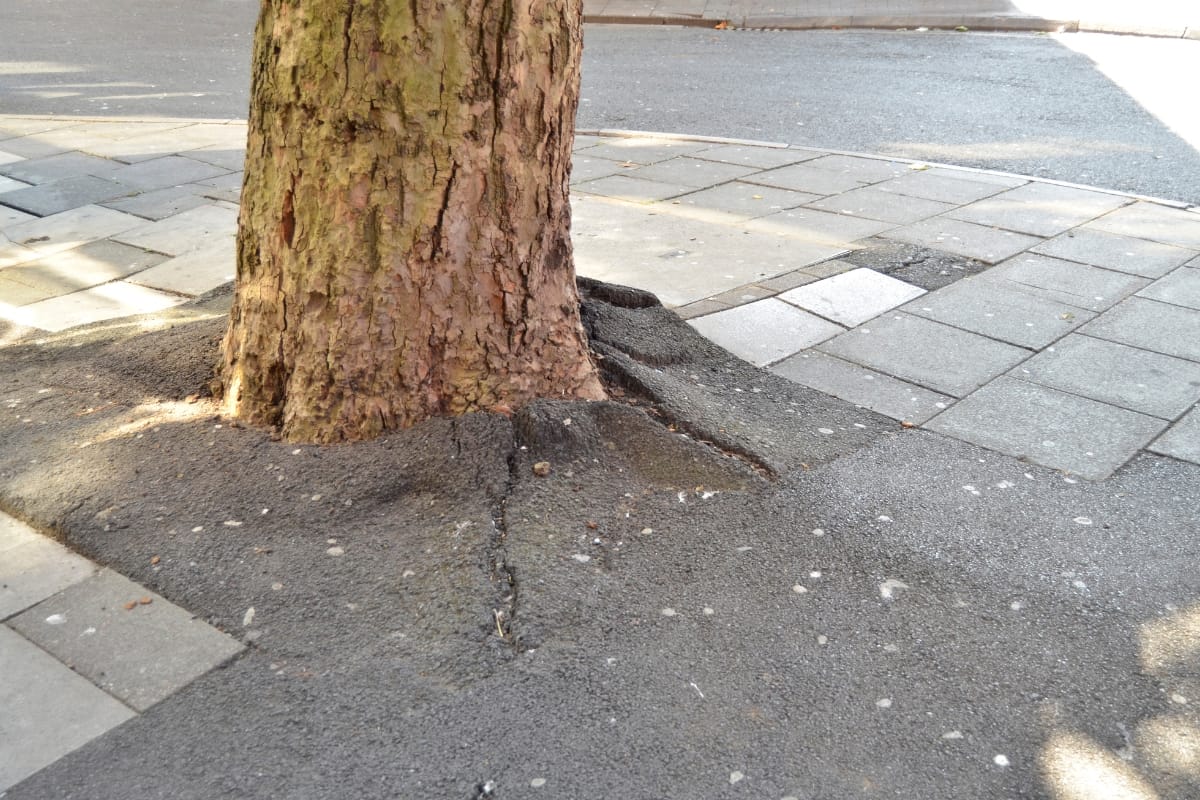
Tree roots are one of the most common and damaging causes of septic system problems. As trees grow, their roots naturally search for moisture and nutrients, which makes septic lines and drain fields attractive targets. If a root finds a small crack or loose joint in a pipe, it can sneak inside and start growing. Over time, those roots can expand and clog the pipe, blocking wastewater flow and putting pressure on the system.
As the blockage grows, water and waste have nowhere to go. You might start noticing slow drains or sewage odors in your yard. If the problem continues, it can lead to full system failure, requiring expensive repairs or even a full replacement of your septic lines. In some cases, roots can crush older pipes completely, especially if they’re made of clay or other fragile materials.
Preventing root damage begins with smart landscaping. If you’re planning to plant trees or shrubs, keep them at least 20 to 30 feet away from your septic tank and drain field. This is especially important for fast-growing trees with aggressive root systems, like willows or maples. If your yard already has mature trees near the system, consider installing root barriers. These are sheets of plastic or metal buried vertically to guide roots away from your septic components.
For properties where root intrusion has already occurred, professional help is usually needed. Plumbers or septic technicians can use hydrojetting to blast roots out of the pipes or mechanical root cutters to remove them. However, these fixes are temporary unless you also deal with the root source. Ongoing maintenance, including regular inspections, helps catch the issue early before serious damage occurs.
Keeping your septic system root-free takes a mix of smart planning and routine care. By choosing the right plants, giving your system space to breathe, and watching for warning signs, you can prevent tree roots from becoming a costly problem. This not only protects your home and yard but also extends the life of your septic system and keeps things running smoothly year after year.
Effect of Seasonal Changes on Septic Systems in Georgia
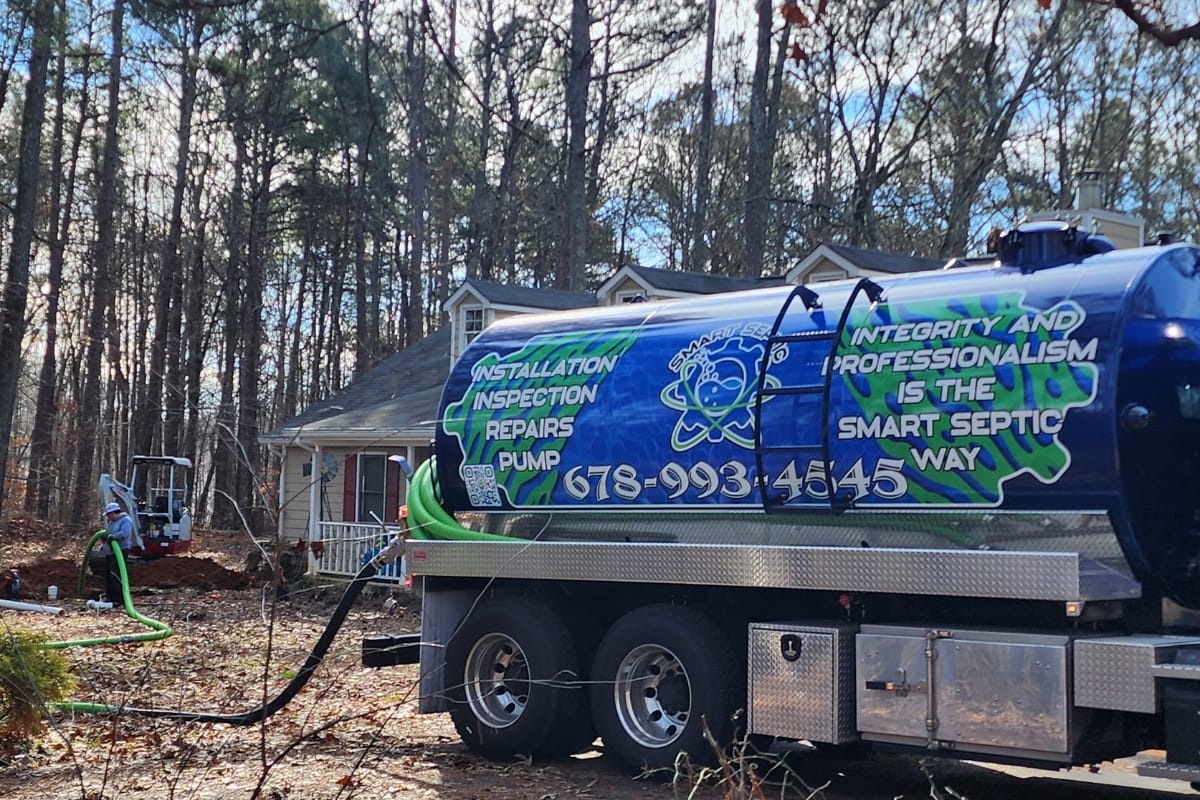
Georgia’s changing seasons can put added stress on septic systems. With frequent rainfall in spring and early summer, and periods of drought in late summer or early fall, these fluctuations can impact how well your system performs throughout the year.
During heavy rains, the soil in your drain field can become oversaturated. When this happens, wastewater has trouble filtering through the ground as it should. Instead of being absorbed, effluent may rise to the surface, leading to puddles in your yard and unpleasant smells. This is especially problematic if your system is already near capacity or hasn’t been pumped in a while. Rainwater can also seep into uncovered tank lids or faulty seals, overwhelming the system and increasing the risk of backups into your home.
Dry spells bring a different kind of problem. Septic systems rely on moisture to help beneficial bacteria break down waste in both the tank and the soil. When the soil becomes too dry, the bacteria become less active, slowing decomposition. This can cause solids to build up faster in the tank, shortening the time between pump-outs. In extremely dry conditions, the ground around the drain field may also shift or compact, making it harder for wastewater to disperse evenly.
To manage the impact of these seasonal changes, homeowners should take a few preventive steps. Make sure your yard is properly graded so that water flows away from the septic system, not toward it. If your property is prone to flooding, consider installing a curtain drain or other drainage system to redirect excess rainwater. During dry months, you can lightly water the drain field to keep soil conditions more stable, but avoid overwatering.
It’s also smart to schedule routine inspections before the start of the rainy season. A professional can check for signs of early trouble and recommend solutions before small issues turn into bigger problems. By keeping an eye on the weather and making small seasonal adjustments, you can help your septic system run efficiently and avoid costly repairs. Proper care and awareness go a long way in keeping your system healthy year-round.
Professional Inspections: A Key Preventative Measure
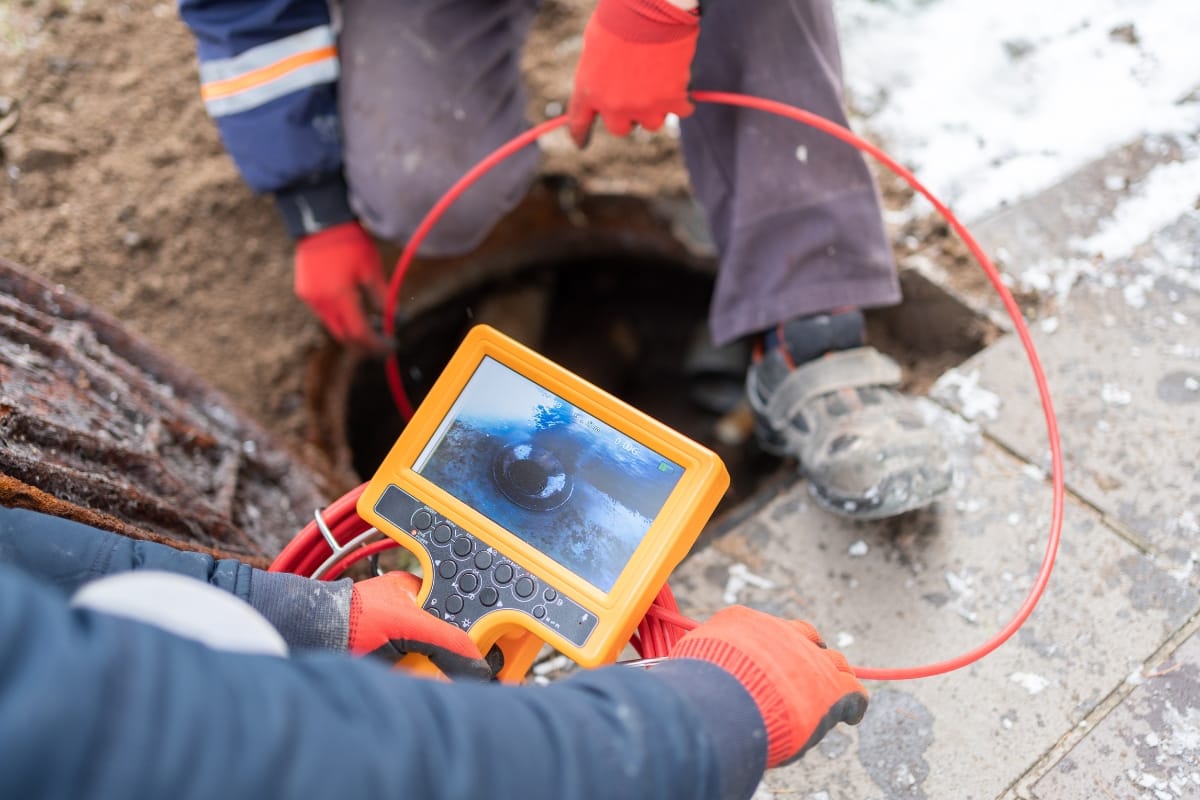
Getting your septic system inspected by a professional every few years is one of the smartest ways to avoid serious problems down the line. Experts recommend scheduling an inspection at least once every three years, though some systems—especially those with pumps or advanced treatment units—may need more frequent checkups.
During an inspection, a certified technician checks the sludge and scum levels in your tank to see if it’s time for a pump-out. They’ll also inspect for cracks, leaks, or signs of wear in the tank, baffles, and connecting pipes. In the drain field, they’ll look for soggy spots, odors, or unusually green grass that could indicate trouble below the surface. Catching these small issues early is a lot less expensive than dealing with a full-blown failure.
In addition to the basics, inspectors will assess mechanical components like pumps, floats, alarms, and filters. If something’s not working correctly or nearing the end of its lifespan, they’ll let you know. Some upgrades—like adding an effluent filter or installing risers for easier tank access—can help your system run more efficiently and make future maintenance easier.
These visits also offer a chance to get expert advice on system care. Technicians can recommend better water usage habits or help you avoid common mistakes, like flushing non-biodegradable items or using harsh cleaning chemicals that kill helpful bacteria in the tank.
Keeping records of each inspection, pump-out, and repair also adds value to your home. If you ever sell your property, having a clear maintenance history shows potential buyers that you’ve taken care of the septic system, which can speed up the sales process and increase buyer confidence.
While it might be tempting to put off inspections to save a few bucks, the cost of ignoring your system can be much higher. Regular checkups give you peace of mind, help extend your system’s life, and reduce the risk of emergency repairs or environmental hazards. Partnering with a reputable septic contractor means you’ll be better prepared for whatever your system throws at you—and you’ll know who to call when it does.
Proper Waste Disposal Practices for Septic System Health

What goes down your drain has a direct impact on the health of your septic system. Pouring grease, cooking oil, or food scraps like coffee grounds into the kitchen sink may seem harmless, but these materials can solidify and clog your pipes. Over time, this buildup creates blockages that slow the system down or even cause backups. Similarly, items like baby wipes, paper towels, feminine hygiene products, and disposable diapers should never be flushed. Even products labeled as “flushable” do not break down fast enough in a septic tank and can cause serious clogs.
Chemical disposal is another common problem. Harsh cleaners, bleach, paint, and solvents might clean your home, but they disrupt the natural bacterial balance in your septic tank. These bacteria are essential—they break down waste and keep the system running efficiently. Killing them off means solids build up faster, which can lead to overflow and even drain field damage.
If you use a garbage disposal, limit its use. While convenient, it adds extra solids to the tank, forcing it to fill up more quickly. When possible, compost food scraps or toss them in the trash instead.
It’s also smart to think about water usage. The more water you send through your system, the harder it has to work. Fix leaky faucets and toilets promptly, install water-saving fixtures, and spread out laundry loads over the week to avoid overwhelming the tank. Too much water at once can flush solids into the drain field before they’ve had time to settle, leading to clogs and long-term damage.
Finally, talk to everyone in your household about proper drain habits. A little education goes a long way in preventing accidental misuse. Hang a reminder in the bathroom or near the kitchen sink if needed.
By staying mindful of what enters your drains, you’ll avoid the most common causes of septic system failure. These small changes in daily habits can add years to the life of your system and help you avoid costly repairs or messy cleanups later on.
Implementing a Regular Pumping Schedule for Longevity
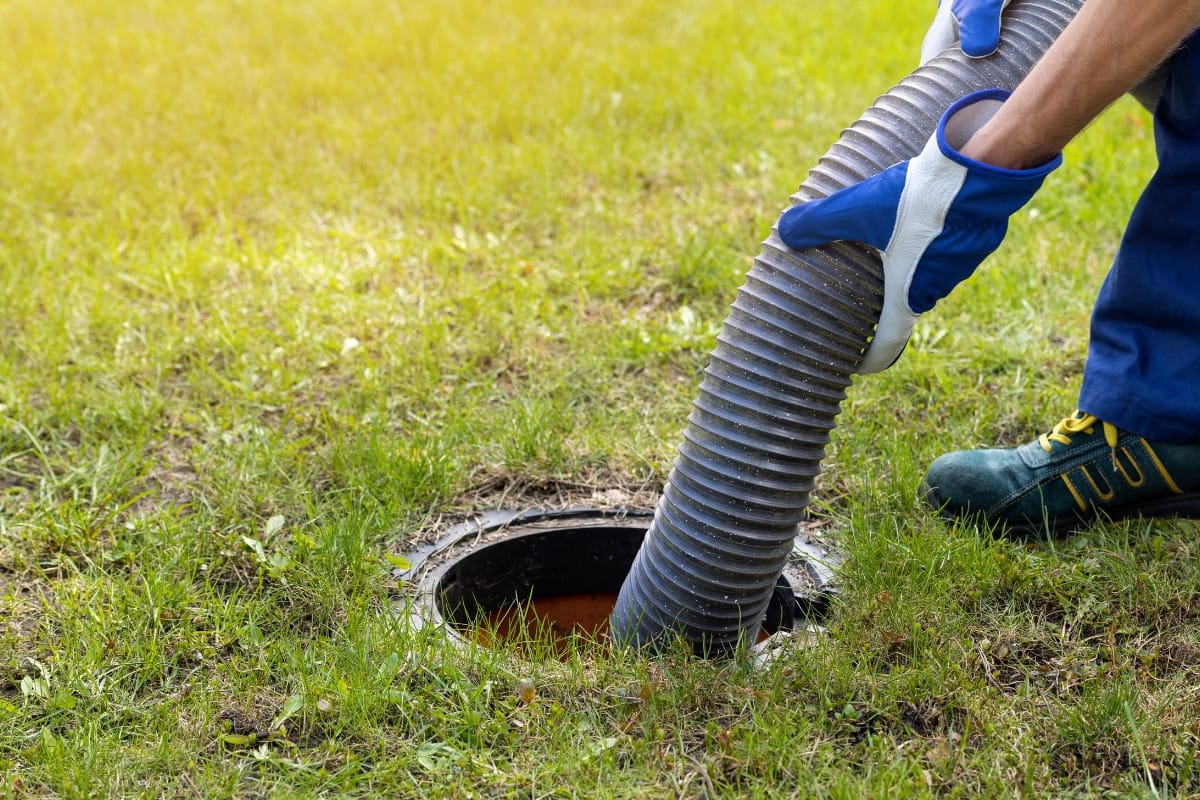
One of the most important steps in taking care of your septic system is staying on top of routine pumping. Over time, solid waste builds up in the tank. If too much accumulates, the system can’t properly separate liquids from solids. When that balance is off, the solids may flow into the drain field, clog the soil, and lead to wastewater backing up into your yard or home.
To avoid that kind of mess, most professionals suggest having your septic tank pumped every three to five years. However, this is not a one-size-fits-all recommendation. The right interval for your home depends on factors like how many people live there, how much water you use, and the size of your tank. A family of five in a home with a small tank will likely need service more often than a couple with a low-flow setup.
If you’re not sure when to pump, schedule a routine inspection. During the visit, a technician can measure sludge and scum levels, and help you determine how close you are to needing service. Some homeowners may even benefit from annual pumping, especially if their household uses a lot of water or includes frequent guests. On the other hand, smaller households with lower water use might be able to wait a bit longer.
It’s a good idea to keep a simple log with the date of each pumping, who performed the service, and any notes about tank levels or issues. That way, you won’t lose track of when your system was last cleaned out.
While the cost of septic pumping might feel like an unnecessary expense, it is far less than what you would pay to repair or replace a damaged drain field. Investing in this regular maintenance step helps extend the life of your system, keeps things running smoothly, and gives you peace of mind that you’re doing your part to avoid serious problems later.
Conclusion: Ensuring the Longevity of Your Septic System
Septic failures in Kennesaw are often avoidable with proactive care—regular pumping, mindful water usage, and prompt repairs keep your system running smoothly. By partnering with professionals who understand local soil conditions and regulations, you’ll prevent costly backups and protect your property’s value. For expert insight and reliable septic services, trust Smart Septic Pros. Call us at 678-993-4545 or visit our website to fill out the contact form and schedule your inspection today—let’s keep your septic system healthy and hassle-free!
